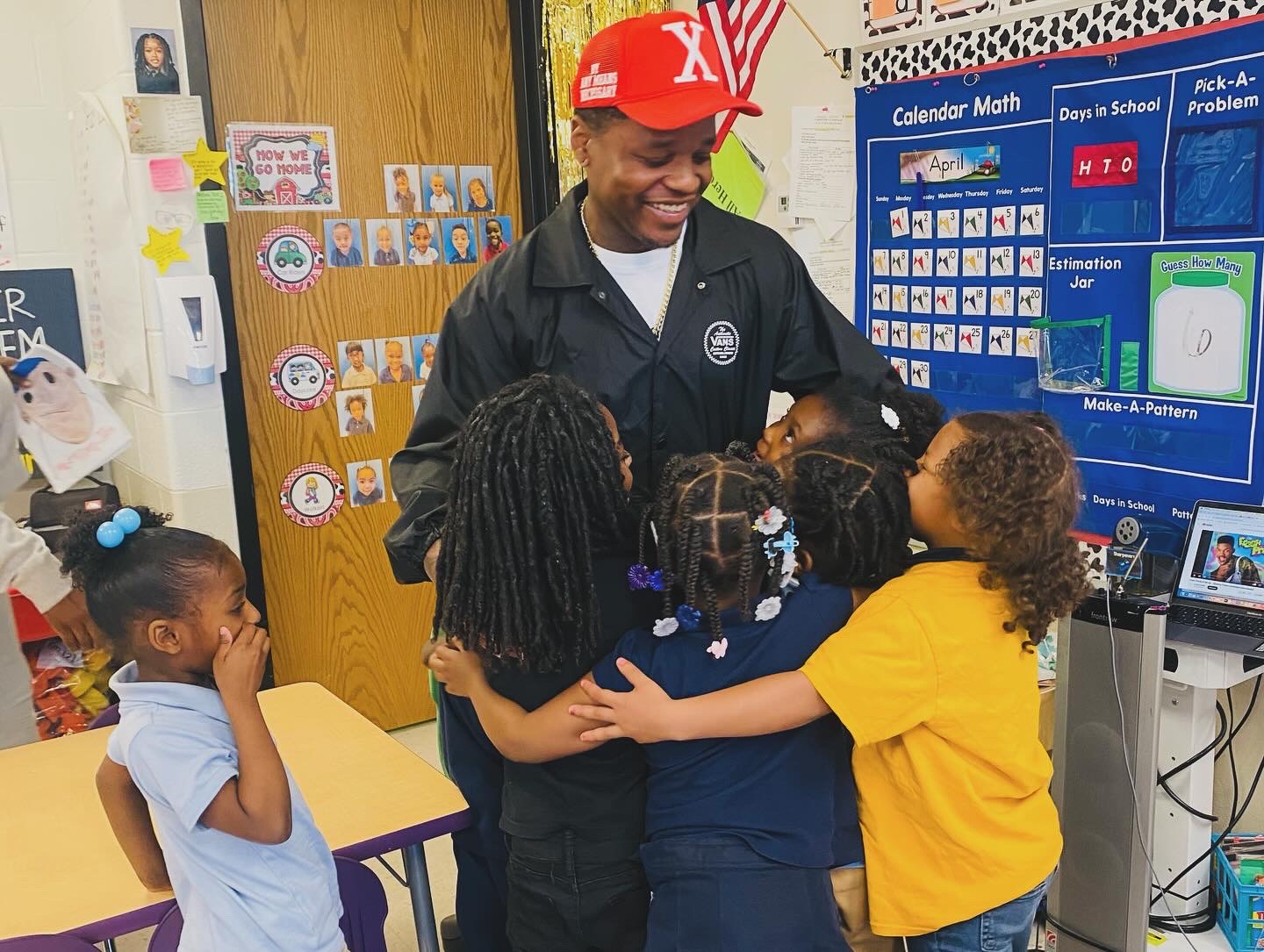Violence is more than crime statistics — when someone is shot, a family is traumatized, public health systems are stretched, and the ripple effects last for generations. Community Violence Intervention (CVI) is a growing approach aimed at interrupting cycles of violence, supporting victims, and rebuilding safer, resilient communities. But how well does CVI work here in Oklahoma? What do we know so far, and what still needs attention?
What the Research Shows About CVI
National studies have consistently found that CVI programs are effective when rooted in the community:
-
Programs that deploy credible messengers — people with lived experience in affected communities — can reduce retaliatory violence, especially when those messengers are trusted locally (CDC).
-
Models that combine street outreach, case management, trauma-informed care, and resource connection show stronger outcomes, including fewer violent incidents and reduced hospital readmissions for violent injuries (cviecosystem.org).
-
CVI works best when there is sustained funding, consistent leadership, and strong community buy-in. Short-term grants can undermine long-term impact (PMC).
Recent Data from Oklahoma
The numbers in Oklahoma underscore the urgency for CVI:
-
In 2023, there were 814 firearm-related deaths in Oklahoma: 221 homicides, 573 suicides, and 54 involving children and teens (Johns Hopkins University).
-
Gun deaths in Oklahoma have increased 27% since 2014, a trend that mirrors national rises but highlights the need for local solutions (Johns Hopkins University).
-
Young Black males ages 15–34, who make up only about 1.3% of the state’s population, account for 16% of gun homicide victims, showing a disproportionate impact (Johns Hopkins University).
-
In Oklahoma City specifically, there were 65 gun-related homicides in 2024, about the same as 2023, and advocates note that violence is rising citywide (KOCO News).
-
Encouragingly, in Northeast Oklahoma City, shooting deaths have recently declined, and community-based intervention is believed to be part of the reason (Yahoo News).
Lessons for CVI in Oklahoma
The data highlights several key lessons for making CVI work effectively in the state:
-
Prevention and Early Intervention Are Critical
Because so many gun deaths are suicides or domestic incidents, CVI in Oklahoma must include mental health support, crisis services, and housing alongside conflict mediation. -
Disparities Require Targeted Efforts
The disproportionate burden borne by young Black men and Native communities shows why culturally specific, locally led approaches are needed. -
Stable Funding and Infrastructure
Programs require multi-year funding to build trust, retain staff, and measure true long-term impact. -
Local Data and Measurement
Neighborhood-level tracking in Oklahoma City (for example, Ward 7) is crucial. Metrics such as shootings prevented, hospital visits reduced, and family stability can help demonstrate effectiveness. -
Integration Across Systems
CVI is strongest when connected to schools, hospitals, housing providers, and mental health services. A siloed approach limits results, while a coordinated one creates lasting safety.

Why Live Free Oklahoma Matters
Founded by Jabee Williams, Live Free Oklahoma is putting these principles into practice by deploying PeaceMakers from the community, linking residents to housing, jobs, and mental health resources, and building trust through healing-focused outreach.
Its early work in Northeast Oklahoma City reflects the potential of CVI to make neighborhoods safer without relying solely on punitive systems. With the right investment and support, programs like Live Free Oklahoma can help reduce violence, address trauma, and create pathways for long-term community health.
The evidence is clear: CVI works when it is community-led, well-resourced, and sustained. In Oklahoma, where gun deaths have been rising and racial disparities are stark, initiatives like Live Free Oklahoma are more than promising experiments — they are necessary lifelines. By investing in prevention, building trust, and addressing root causes, Oklahoma can write a new story: one where families thrive, young people dream without fear, and communities truly live free.
Related Posts
If you enjoyed reading this, then please explore our other articles below:
DONATE
Live Free Oklahoma is on the frontlines of building safer, healthier communities—free from gun violence, mass incarceration, and systemic injustice. Your donation powers our work to uplift the voices of those most impacted, organize faith communities for change, and build sustainable solutions rooted in love, justice, and freedom.


